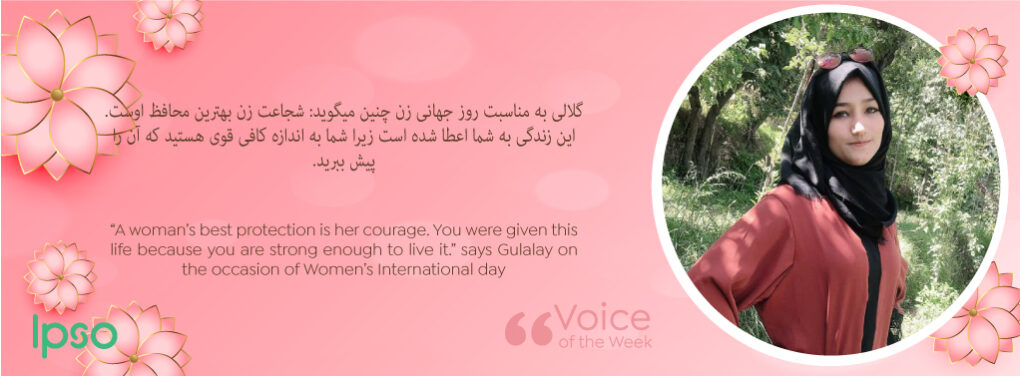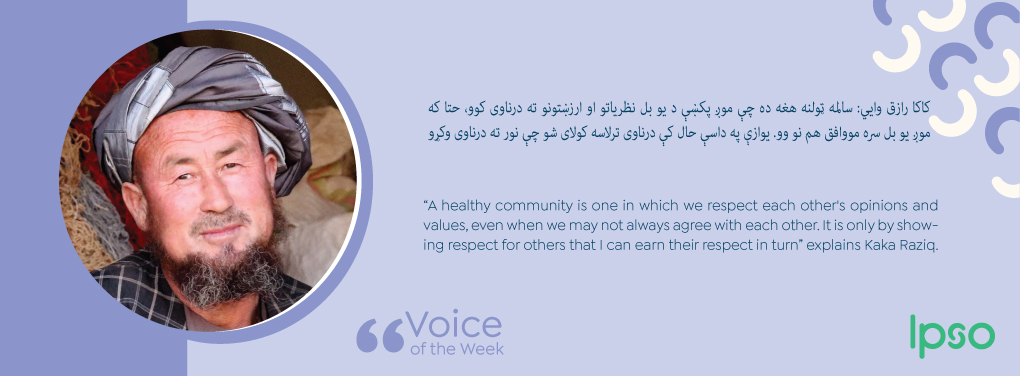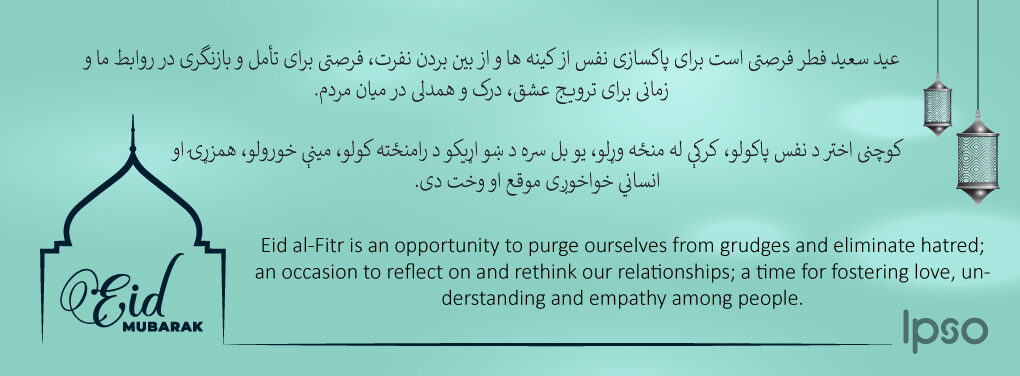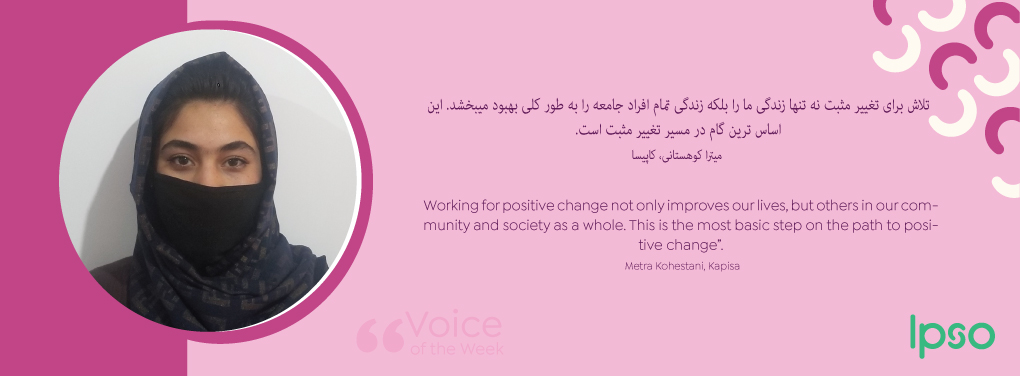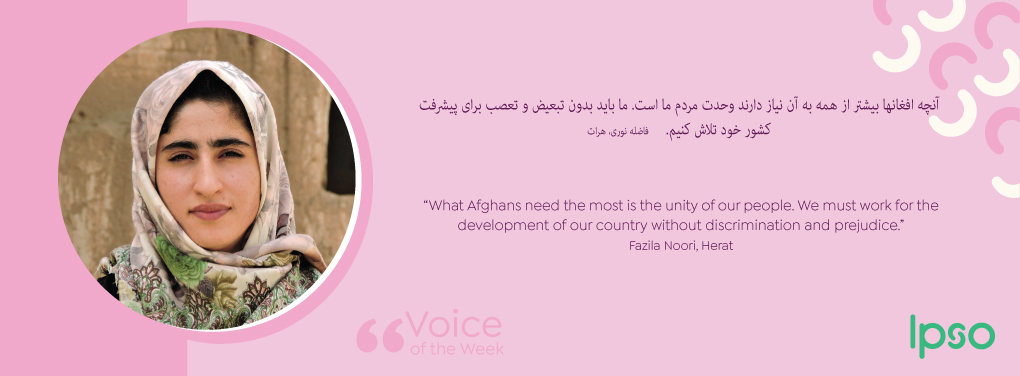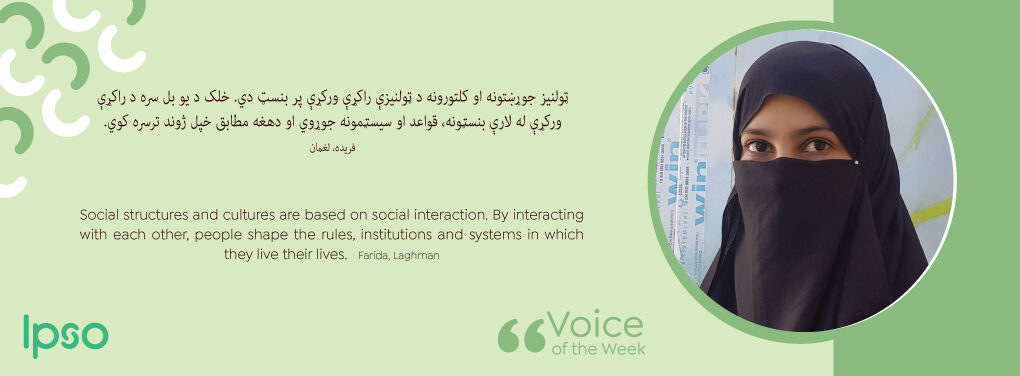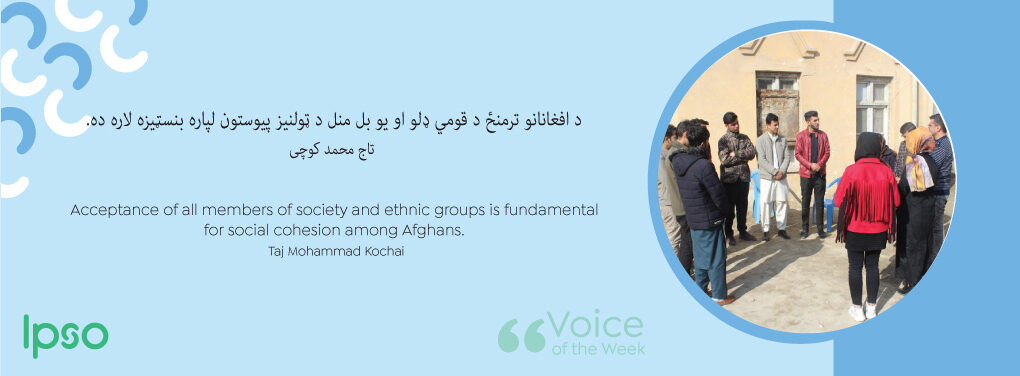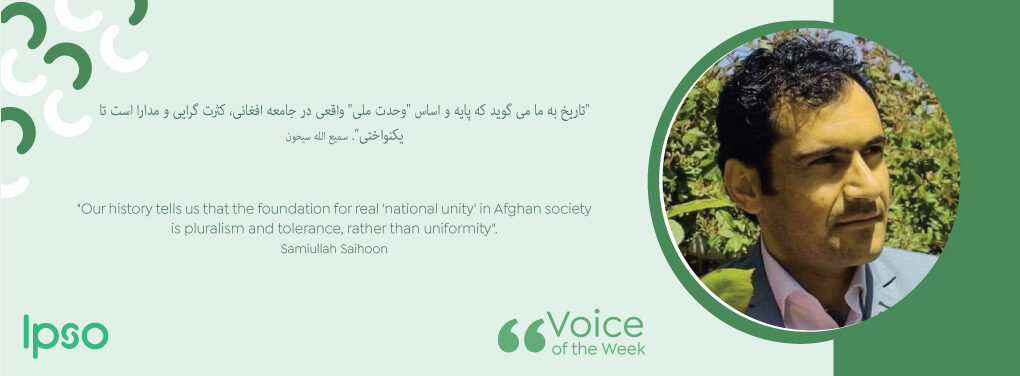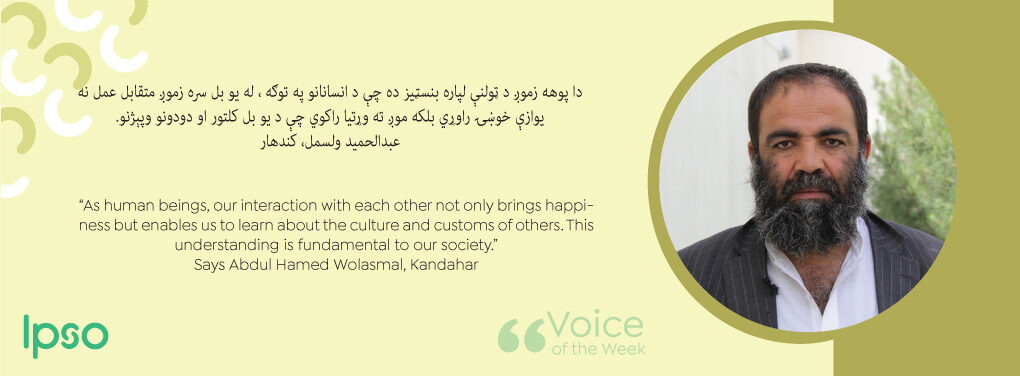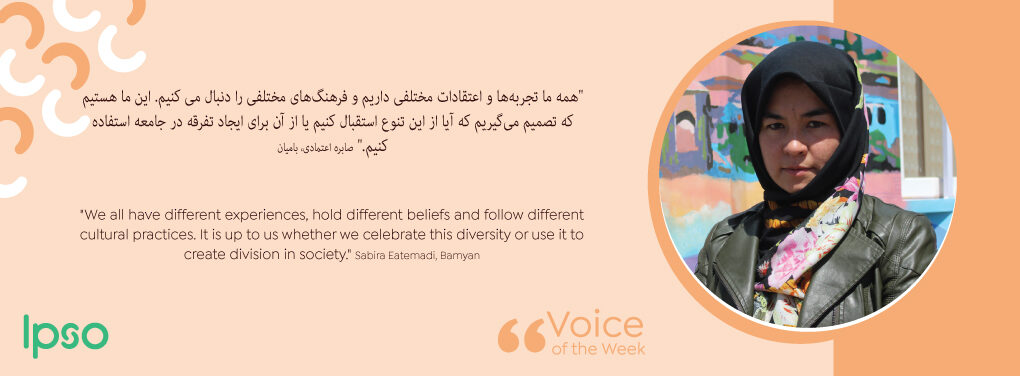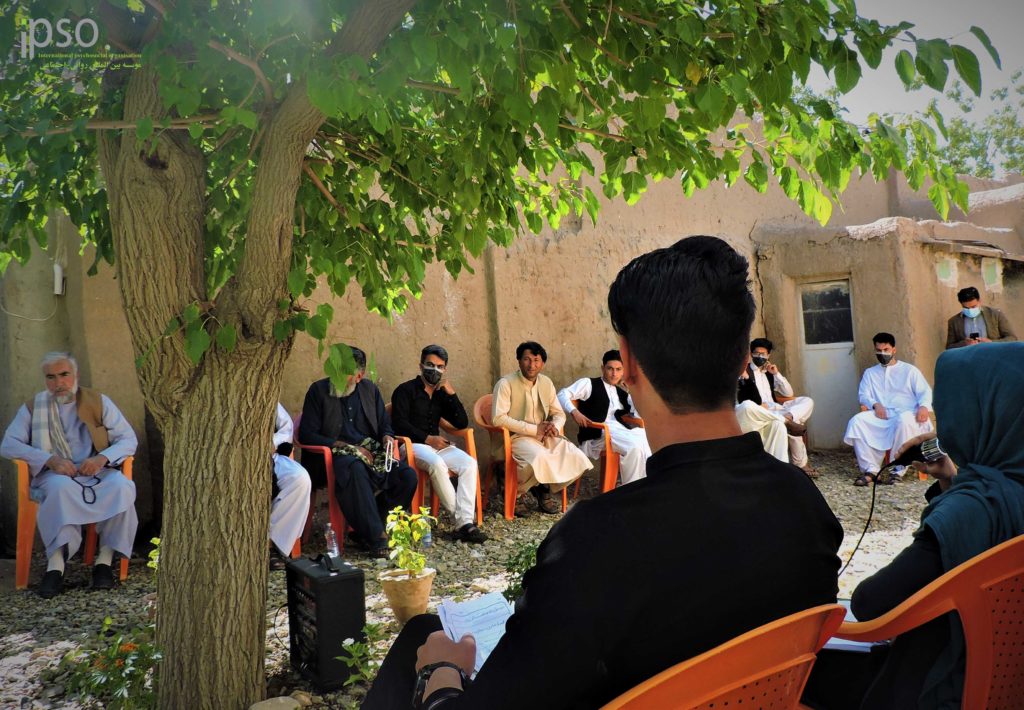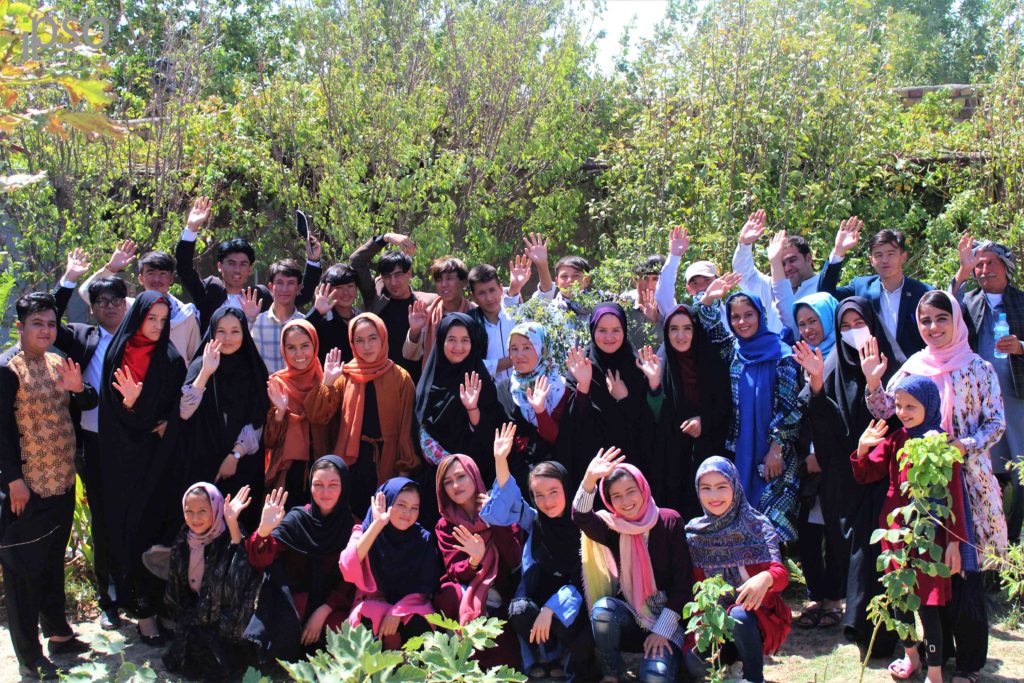Through history, the city of Herat has been a place of interaction of cultures and customs, as well as the pursuit of ideas This has enabled people from the region and beyond to foster lasting friendships between individuals and communities, and enabled the city to be a center of culture and tolerance.
This status has, however, been affected by decades of conflict and insecurity that, along with the displacement of many families, has caused people to distance themselves from each other. Like so many other communities across Afghanistan, tolerance and culture has given way in many instances to suspicion and tension.
Shabnam Salahshor, a young woman from Herat explains that “Displaced families from different ethnic groups have settled in corners of the city in order to escape conflict and ensure a decent life. Youngsters from these displaced families often find it hard to interact with the residents, resulting in a process of alienation that risks deepening the social divide between neighborhoods. In some cases, the areas where displaced communities live have effectively become ghettos, where the migrants’ customs and behaviors differ significantly from groups who have long been settled in the location.
Elham Akhlaqi and Javed Afghan explain that: “some displaced communities in Herat live in a manner that is isolated from other urban residents, leading to misunderstandings and tension that may even spill over into violence.”
At the Shagofaan camp in Herat Province, a group of young people is working to encourage personal interaction between displaced and other groups. Elham Akhlaqi explains: “There are many young men and women here who do not have a normal social life and this affects their development. We therefore organized a range of activities to enable girls and boys to take a more active part in joint activities that will enable them to get to know each other, and thereby avoid negative judgments about ‘others’.”
Another young member of the team Javed Afghan explains: “Youngsters from families who have been displaced and now living in Shagofaan need support and compassion, which we provide through games, discussion groups and activities aimed to enhance their life skills, in order to create an atmosphere of trust between them.”
“Through this, we have tried to impart the importance of reaching out to others and regular interaction within and beyond their communities. This helps them to feel less isolated and encourages youngsters to help each other and make friends outside of the camp, where possible”.
One of the residents of the settlement explains: “Through the team, we have learned to enhance our social, personal, and working interactions as a way of strengthening our abilities to improve the challenges facing our community.”
“As a young Afghan woman, it is my responsibility to work with other young people in the camp from different ethnic groups and provinces to deepen their relationships in order to bring about positive change in our lives.” Explains another member of the team Shabnam Salahshor
“The work of our team helped displaced youngsters to work together to share their social problems and ideas and now they have very good interpersonal interaction.” Says Elham Akhlaqi
“Through an online social group created by young people in the camp, there has been more sustained and rich social interaction. They work together more effectively now to share their ideas on a range of social issues, and identify solutions.” concludes Javed Afghan, a member of the group.

